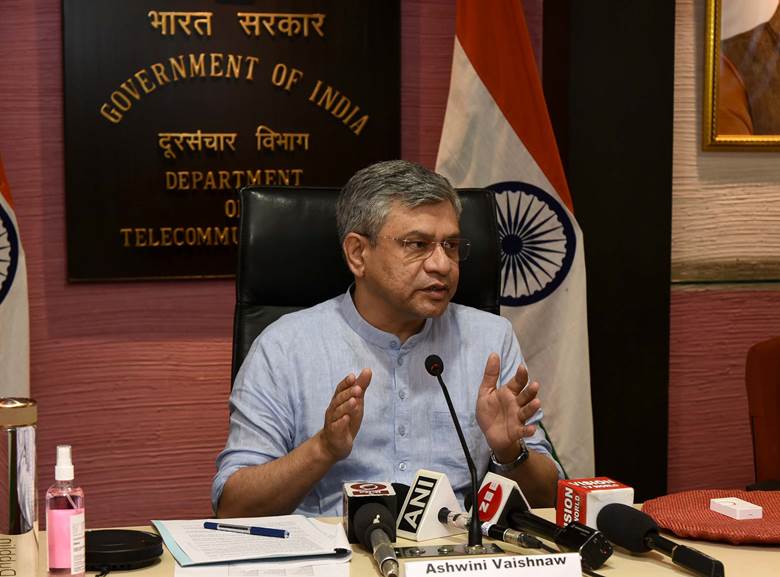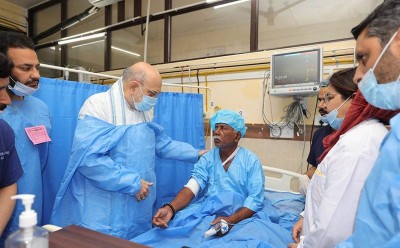
Delhi-Kolkata and Delhi-Mumbai railway corridors to witness completion of KAVACH anti-collision system in FY25: Ashwini Vaishnaw
New Delhi: Railways Minister Ashwini Vaishnaw Wednesday announced that the much-awaited Delhi-Kolkata and Delhi-Mumbai railway corridors are likely to witness the completion of the anti-collision system KAVACH in the fiscal year 2024-2025, ANI reported.
Back in 2016, the ambitious KAVATCH project, an automatic train protection (ATP) system, received approval for implementation.
Developed domestically, Kavach is a technology-intensive Automatic Train Protection (ATP) system designed to assist the loco pilot by automatically applying brakes when the train exceeds specified speed limits or in the event of the Loco Pilot's failure to do so, ensuring safe operation even in adverse weather conditions.
Vaishnaw underscored that the KAVACH system is not resting on its laurels and announced the upcoming introduction of the Next Generation KAVATCH, featuring 4G/5G-based systems, which is expected to redefine infrastructure technology standards, the report said
The tender for this cutting-edge technology is anticipated to be unveiled next month.
The railway minister added that the government has set up an ambitious target of encompassing 2,500 kilometers annually.
The most noteworthy development is anticipated in the 2025-2026 period, with an astounding target of 5,000 kilometers per year.
Tough questions were raised around the anti-collision system in the wake of the tragic triple-train accident in Odisha’s Balasore on June 2 where nearly 300 passengers lost their lives, and around 1,000 sustained injuries.
Support Our Journalism
We cannot do without you.. your contribution supports unbiased journalism
IBNS is not driven by any ism- not wokeism, not racism, not skewed secularism, not hyper right-wing or left liberal ideals, nor by any hardline religious beliefs or hyper nationalism. We want to serve you good old objective news, as they are. We do not judge or preach. We let people decide for themselves. We only try to present factual and well-sourced news.







